Searching for Dark Matter with Superconducting Qubits
Detection mechanisms for low mass bosonic dark matter candidates, such the axion or hidden photon, leverage potential interactions with electromagnetic fields, whereby the dark matter (of unknown mass) on rare occasion converts into a single photon. Current dark matter searches operating at microwave frequencies use a resonant cavity to coherently accumulate the field sourced by the dark matter and a near standard quantum limited (SQL) linear amplifier to read out the cavity signal. To further increase sensitivity to the dark matter signal, sub-SQL detection techniques are required. Here we report the development of a novel microwave photon counting technique and a new exclusion limit on hidden photon dark matter. We operate a superconducting qubit to make repeated quantum non-demolition measurements of cavity photons and apply a hidden Markov model analysis to reduce the noise to 15.7 dB below the quantum limit, with overall detector performance limited by a residual background of real photons. With the present device, we perform a hidden photon search and constrain the kinetic mixing angle to ≤ 1.68×10−15 in a band around 6.011 GHz (24.86 µeV) with an integration time of 8.33 s. This demonstrated noise reduction technique enables future dark matter searches to be sped up by a factor of 1,300. By coupling a qubit to an arbitrary quantum sensor, more general sub-SQL metrology is possible with the techniques presented in this work.
Bio:
Akash is a PhD student working with Aaron Chou (Fermilab) and David Schuster (University of Chicago). He builds superconducting qubits and couples them to 3D cavities to develop novel quantum architectures and search for dark matter. Akash is passionate about music, enjoys biking by the lake, and playing basketball.
See EQUS calendar invite 17/3/22 for the zoom link
